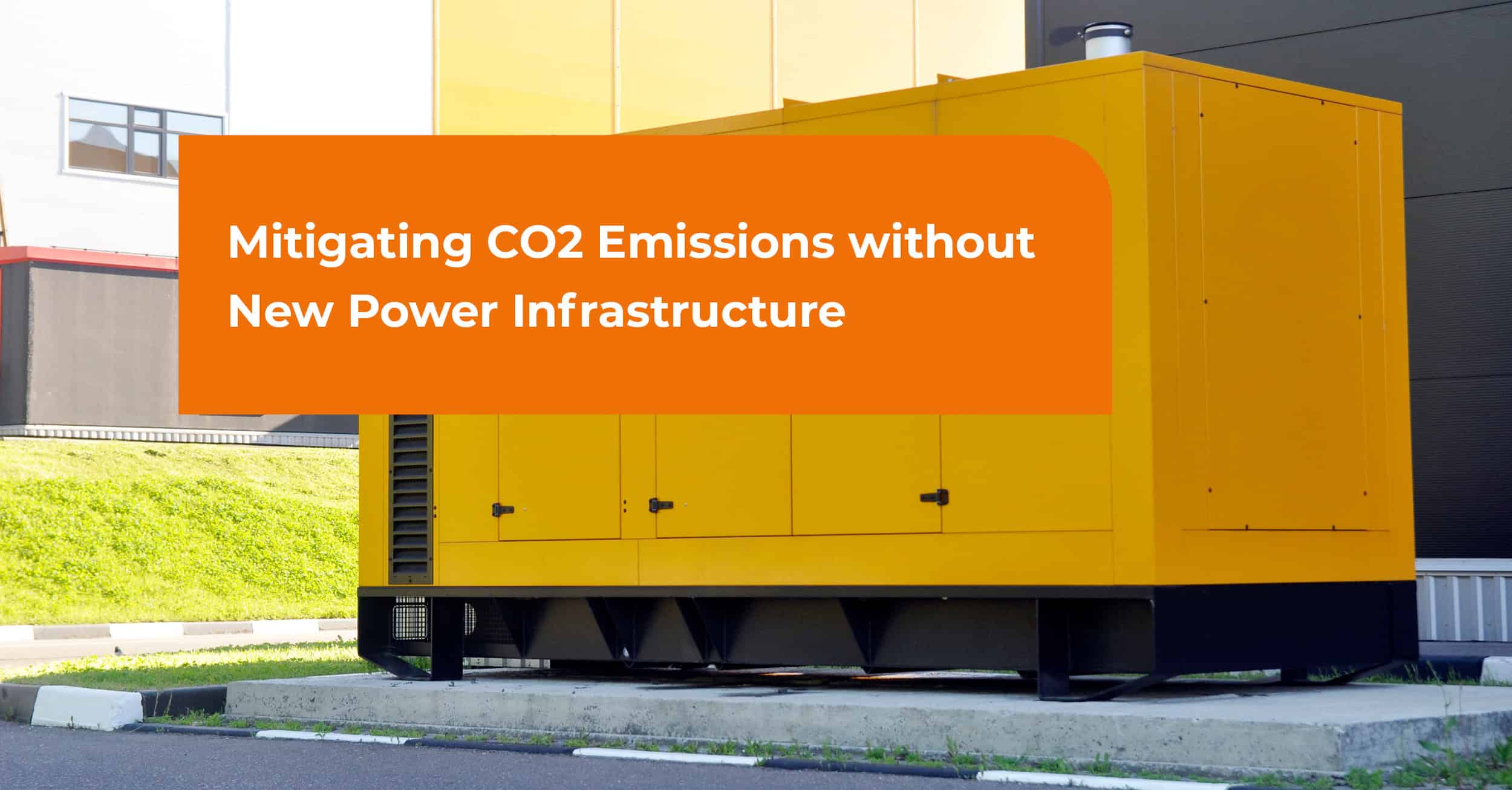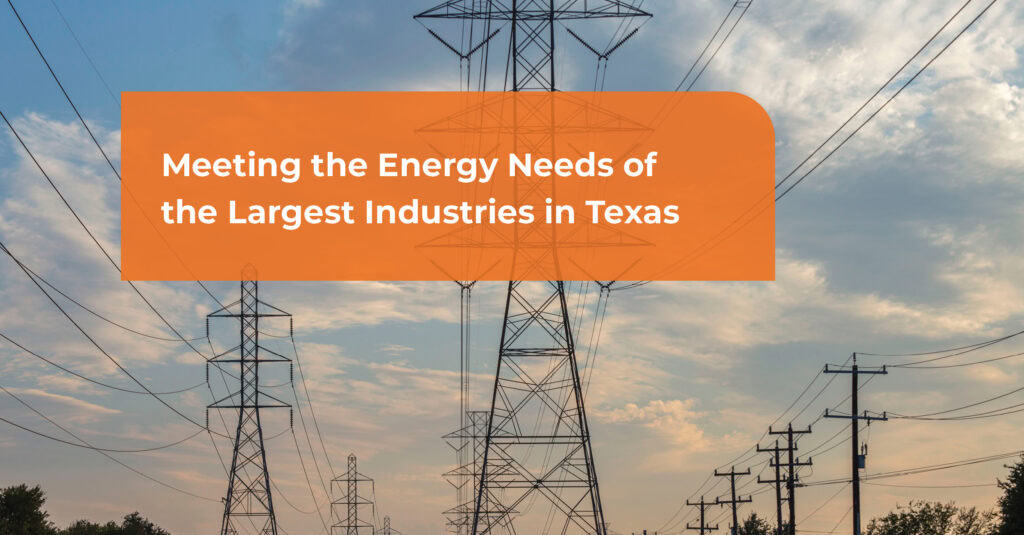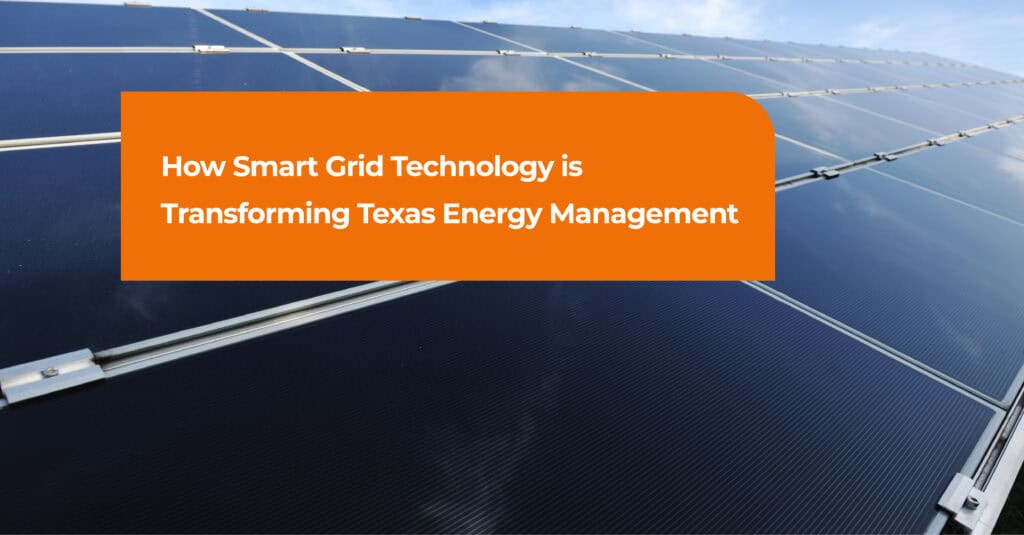
Harnessing Demand Response: Mitigating CO2 Emissions without New Power Infrastructure
Making use of assets we already have will play a crucial part of sustainable energy strategy. This not only optimises resource efficiency but also avoids the substantial carbon emissions associated with the construction phase of new power generation infrastructure. Demand response, a dynamic energy management tool, offers a pathway to reduce CO2 emissions without the need for extensive new construction projects.
The National Renewable Energy Laboratory (NREL) highlights the significant carbon footprint of new power generation infrastructure. The emissions generated during the construction phase of a 200 MW Open Cycle Gas Turbine (OCGT) are estimated to be around 100,000 tonnes. Acknowledging this environmental impact, VIOTAS customers leverage demand response to make use of the assets they already have available, such as on-site backup generators. In doing so, they directly circumvent the need to construct new generation capacity, particularly OCGT units, which would otherwise be necessary to meet national energy demands.
Backup generators play a pivotal role in providing fast response capabilities to grid operators like EirGrid, often from a no-load state with high availability. This results in minimal annual CO2 emissions, as these generators are typically only called upon a few times each year to deliver essential services. By participating in demand response programmes, these generators serve as a valuable safety net for the power system, displacing other service providers that may emit significant CO2 during part-load operation.
There is also the bonus of reducing the need for expensive new infrastructure investments while lowering operational costs associated with traditional power generation methods. This underscores the dual advantage of demand response in addressing both environmental and economic imperatives.
Demand response is a powerful tool for mitigating CO2 emissions without the need for new power infrastructure. By making use of the assets already available at our client sites and promoting energy efficiency, VIOTAS not only reduces environmental impact of our clients, but also enhances grid reliability and economic sustainability. Embracing demand response initiatives is essential in accelerating the transition to a cleaner, more sustainable energy future.
Previous article in the series: Enhancing Reputation through Demand Response: A Pathway to Sustainable Impact


